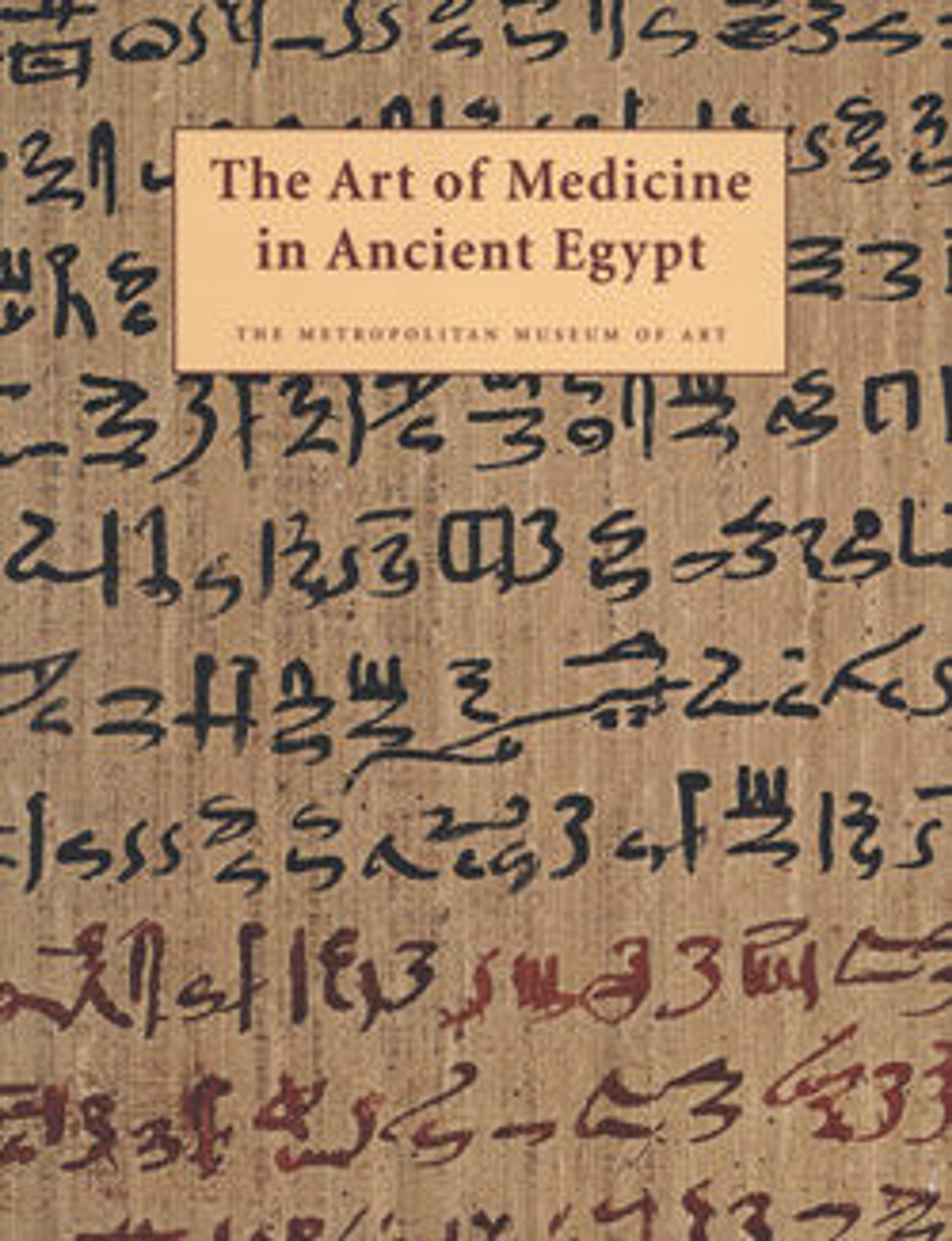Cypriote ring based juglet
Containers such as this were first imported into Egypt in the early 18th Dynasty and are often found in modest burials. The shape of some, such as this one, seem to be modeled after the inverted seedpod of the poppy (Papaver somniferum), cut to release its sap. This suggests that the jars once held opium, which is made from the sap. Opium is a powerful sedative that can be used not only as a painkiller but also in the treatment of diarrhea, dysentery, fever, and similar complaints.
Artwork Details
- Title: Cypriote ring based juglet
- Period: New Kingdom
- Dynasty: Dynasty 18
- Date: ca. 1500–1400 B.C.
- Geography: From Egypt, Upper Egypt, Thebes, Asasif, Tomb CC 37, Chamber B, Burial 78, Carnarvon/Carter excavations
- Medium: Pottery, black ware
- Dimensions: H. 13.7 (5 3/8 in); diam. 6.5 cm (2 9/16 in)
- Credit Line: Rogers Fund, 1912
- Object Number: 12.181.264
- Curatorial Department: Egyptian Art
More Artwork
Research Resources
The Met provides unparalleled resources for research and welcomes an international community of students and scholars. The Met's Open Access API is where creators and researchers can connect to the The Met collection. Open Access data and public domain images are available for unrestricted commercial and noncommercial use without permission or fee.
To request images under copyright and other restrictions, please use this Image Request form.
Feedback
We continue to research and examine historical and cultural context for objects in The Met collection. If you have comments or questions about this object record, please contact us using the form below. The Museum looks forward to receiving your comments.
